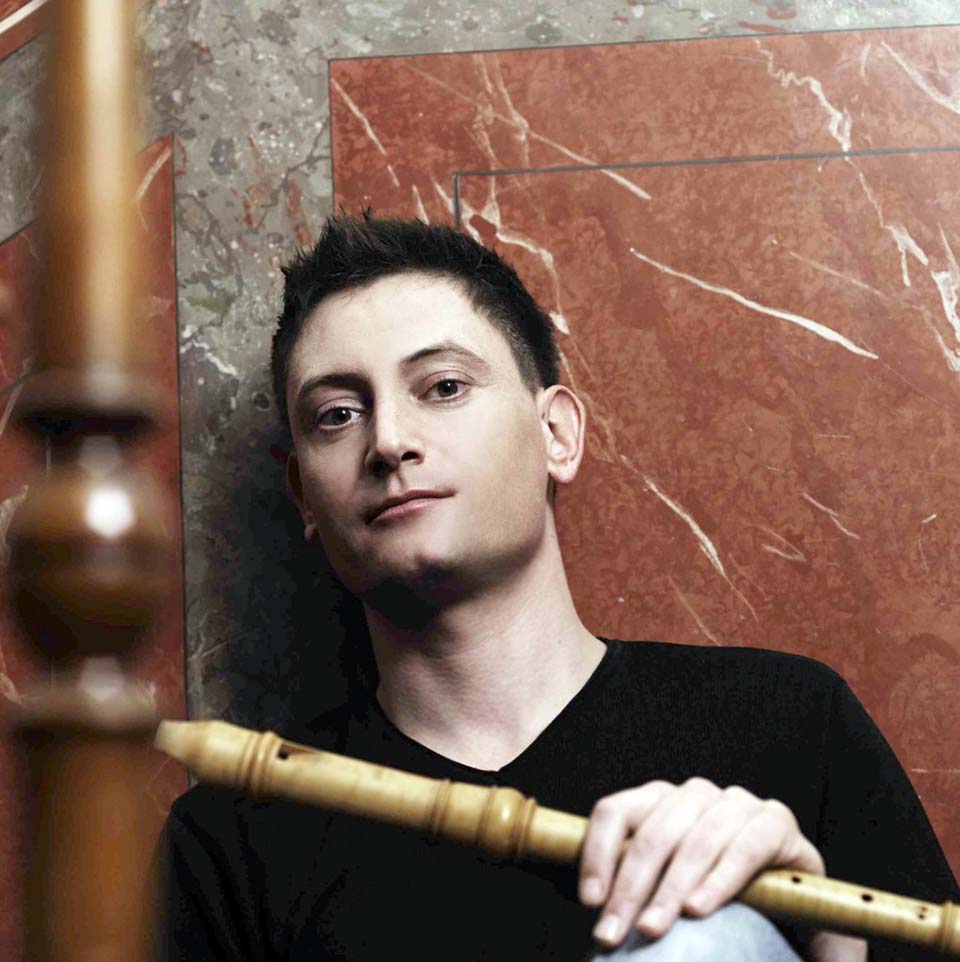
A few days ago, I had a surprise when a mysterious brown package was delivered to my door by the postman. Inside was an attractive-looking magazine entitled American Recorder, published every quarter by the American Recorder Society. Founded in 1939, the American Recorder Society is dedicated to promoting the recorder and its music and meeting the needs of amateur and professional recorder players. Their magazine is beautifully designed and produced; it has a professional appearance with many pages in colour. It also makes for fascinating reading. Sadly, I cannot claim to play my soprano recorder particularly well. But I can play it better than the dog can, so that’s something.
American journalist Dan Nosowitz writes, “All across America, for decades, a strange cultural ritual has been enacted. Students at the end of elementary school are herded into rooms and handed a simple, hard white plastic instrument called a recorder that seems pathologically incapable of creating any complex music.” Much the same thing occurs in British schools where children are expected to learn the recorder en masse often throughout their primary education. To many a British adult, the very mention of the word “recorder” conjures up memories of that ghostly, owl-like hooting sound created by schoolchildren blowing into plastic recorders. For years, the instrument has been used as an educational aid in Europe and America but in many schools it’s invariably poorly taught and badly played.
Through decades of abuse in schools, the recorder has acquired a dubious reputation among the general public. Of course, it was not always thus. One day in 1668, Samuel Pepys (he of diary fame) went to a Mr. Drumbleby’s shop in London and “did buy a recorder which I do intend to learn to play on, the sound of it being of all sounds in this world most pleasing to me.” Pepys had a passion for music and he was doubtless aware that the recorder had a distinguished history: it first appeared during the Middle Ages but its ancestors could be traced to much earlier times. When you come to think about it, the name “recorder” is curious. In a slightly roundabout way, it derives from Middle French in which the rather vague verb recordeur could mean “to learn by heart”, “to recite” or “to play music”. The earliest known document mentioning “a pipe called the recordour” dates from 1388. The instrument became immensely popular during the Renaissance and the Baroque, even though the puritanical kill-joy Stephen Gosson claimed in 1579 that playing the recorder was “the first step on the road to hell.”
For many years, the words “flute” and “recorder” were synonymous and the instrument found a place in the emerging orchestras of the 18th century because of its penetrating sound and its ability to play technically challenging music. Partly because of the increasing popularity of the modern-style flute, the instrument faded during the 19th century but was revived in the 20th century, not only for educational use but to meet the needs of professional musicians who specialized in performance of baroque and renaissance music. Ironically, the recorder is now undergoing a kind of renaissance of its own.
Many people don’t realise that there’s an entire family of recorders. They can be made of maple, pear, boxwood, rosewood, ebony or more exotic woods. Children usually start on a plastic soprano recorder (also known as a descant recorder) because the finger spacing is relatively small. Higher pitched recorders include the smaller sopranino and the even tinier garklein recorder. In addition to alto, tenor and bass recorders, there are also the rarely-seen contrabass and sub-contrabass recorders which are normally used in ensembles. You can pick up a basic Yamaha plastic soprano recorder for under Bt 200. A similar wooden one is around Bt 3,500 whereas a professional soprano could easily cost ten times that price. The prices for the professional-quality tenor and bass instruments are likely to make your eyes water.
Antonio Vivaldi (1678-1741): Recorder Concerto in C major, RV 443. Maurice Steger (rec), Cappella Gabetta dir. Andrés Gabetta (vln). Duration: 11:25; Video: 1,080p HD
Here’s some stunningly good recorder playing from the Swiss musician Maurice Steger. He has released several albums, some of which have been given international awards and he is demand as a soloist with the world’s top baroque ensembles. It is not difficult to see why. This is recorder playing of remarkable virtuosity especially in the fast outer movements. The concerto is in the typical format of a lively first movement, a slow, lyrical middle movement and a fast movement to finish. Vivaldi of course, was best known for his set of violin concertos known as The Four Seasons. Less well-known is the fact that he also wrote forty operas and about four hundred concertos. It must be admitted that there is an element of sameness in many of Vivaldi’s concertos, which is hardly surprising when he produced so many of them. Igor Stravinsky, a composer renowned for his acerbic remarks. once dryly commented that Vivaldi’s concertos as “the same concerto four hundred times”, which strikes me as a little bit unfair, if not downright bitchy.






